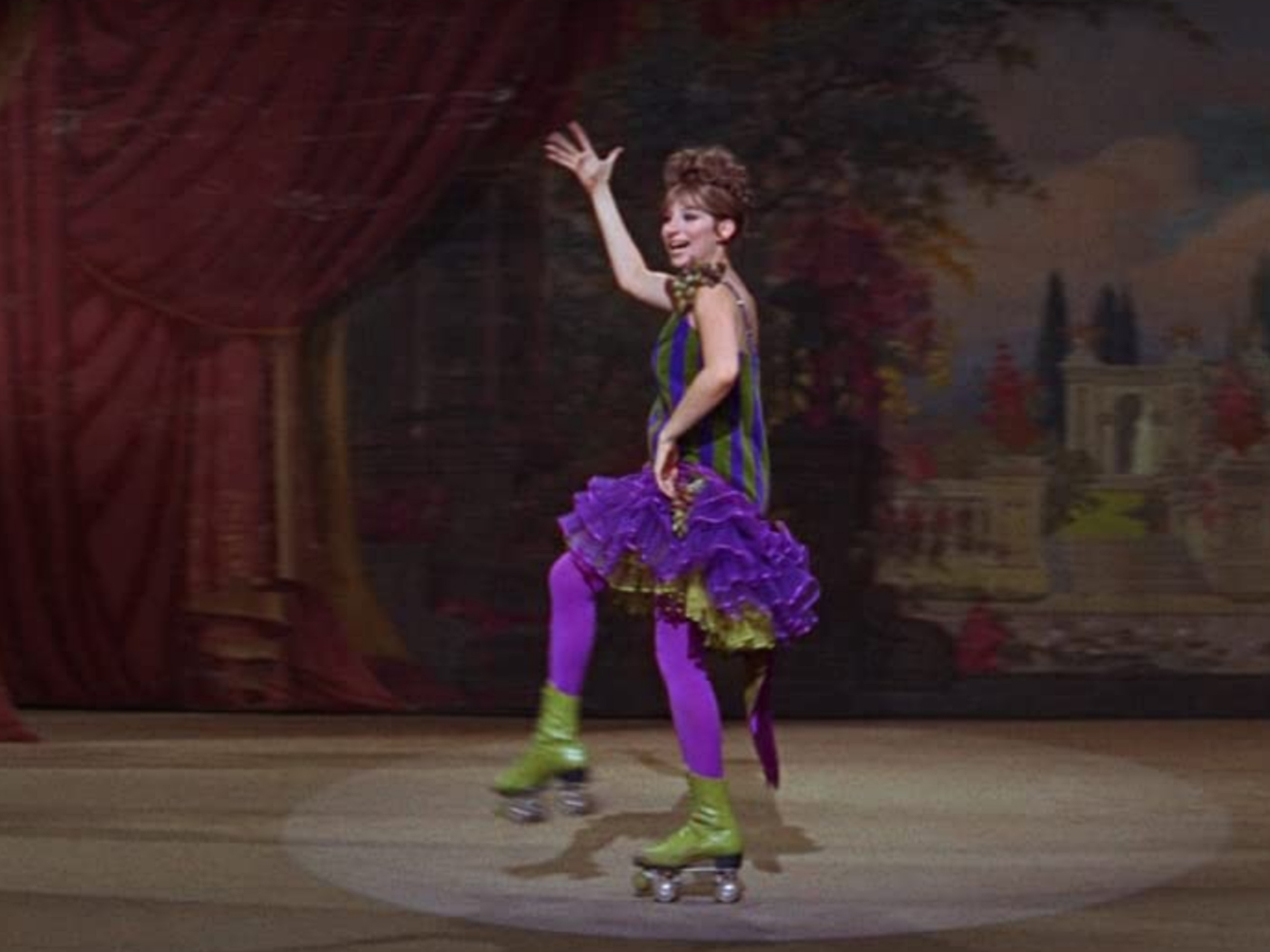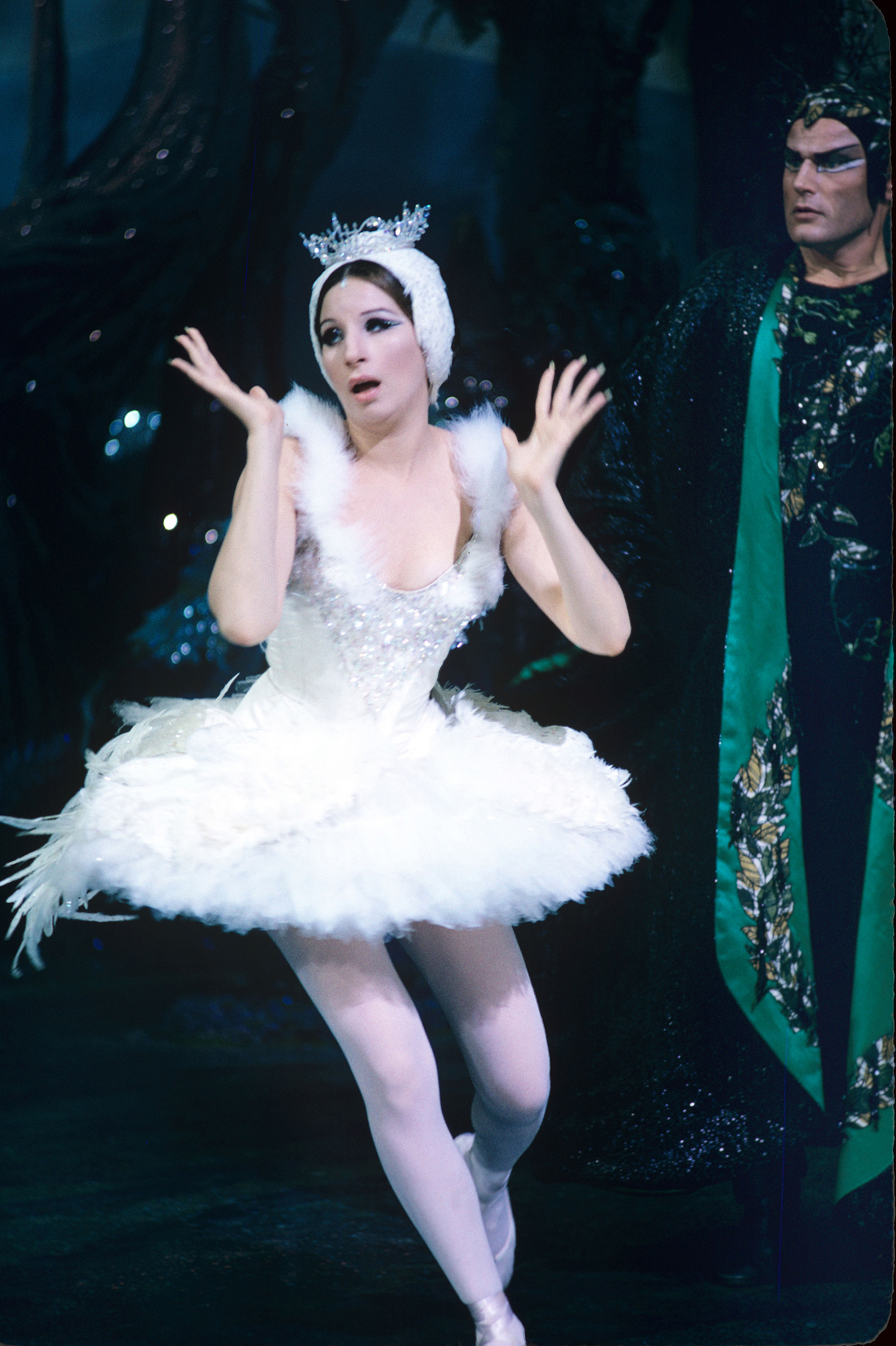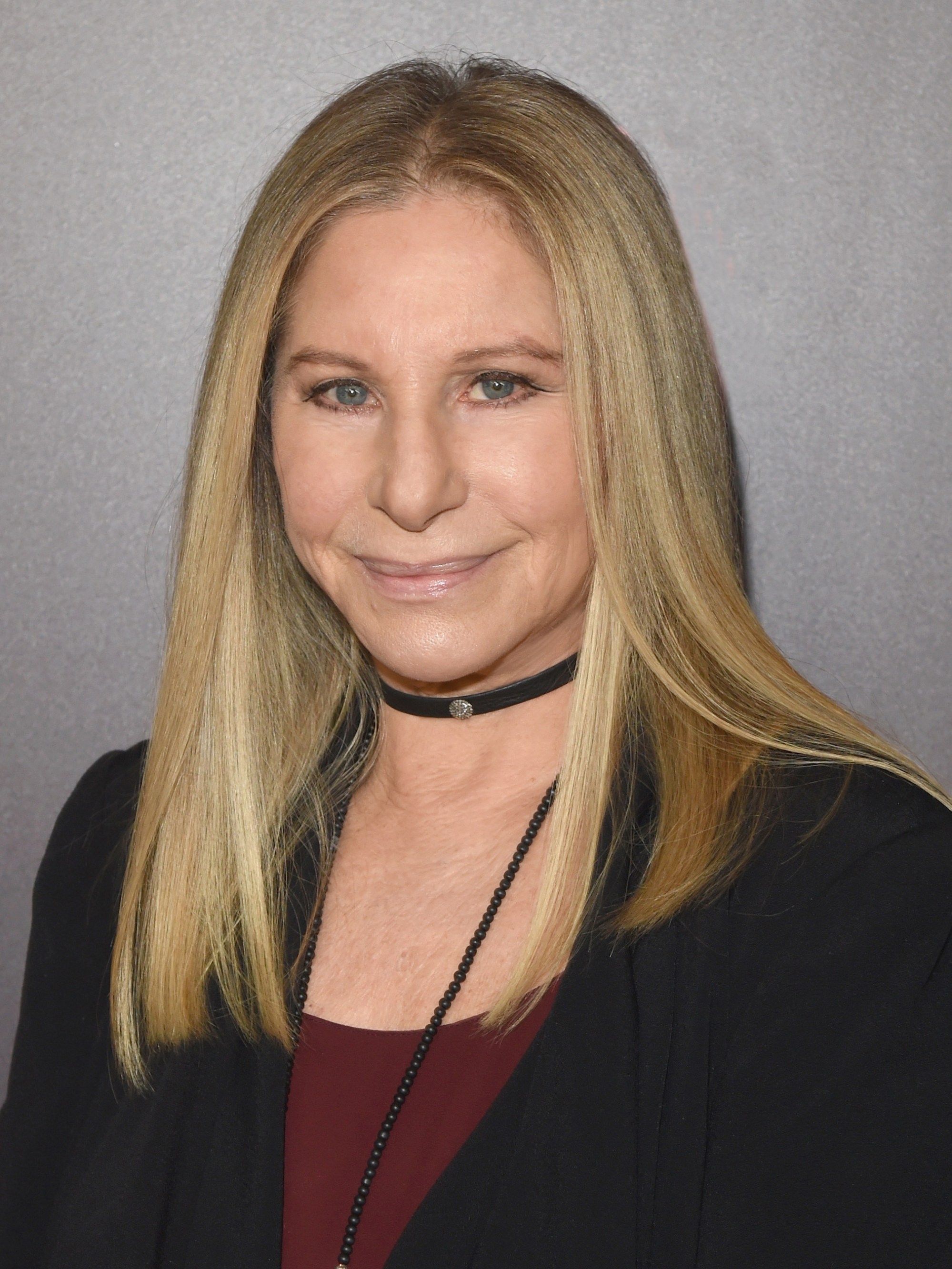
- Golden Globe Awards
Barbra Streisand’s 80th Birthday (April 24): Her 10 Best Entertainment Moments
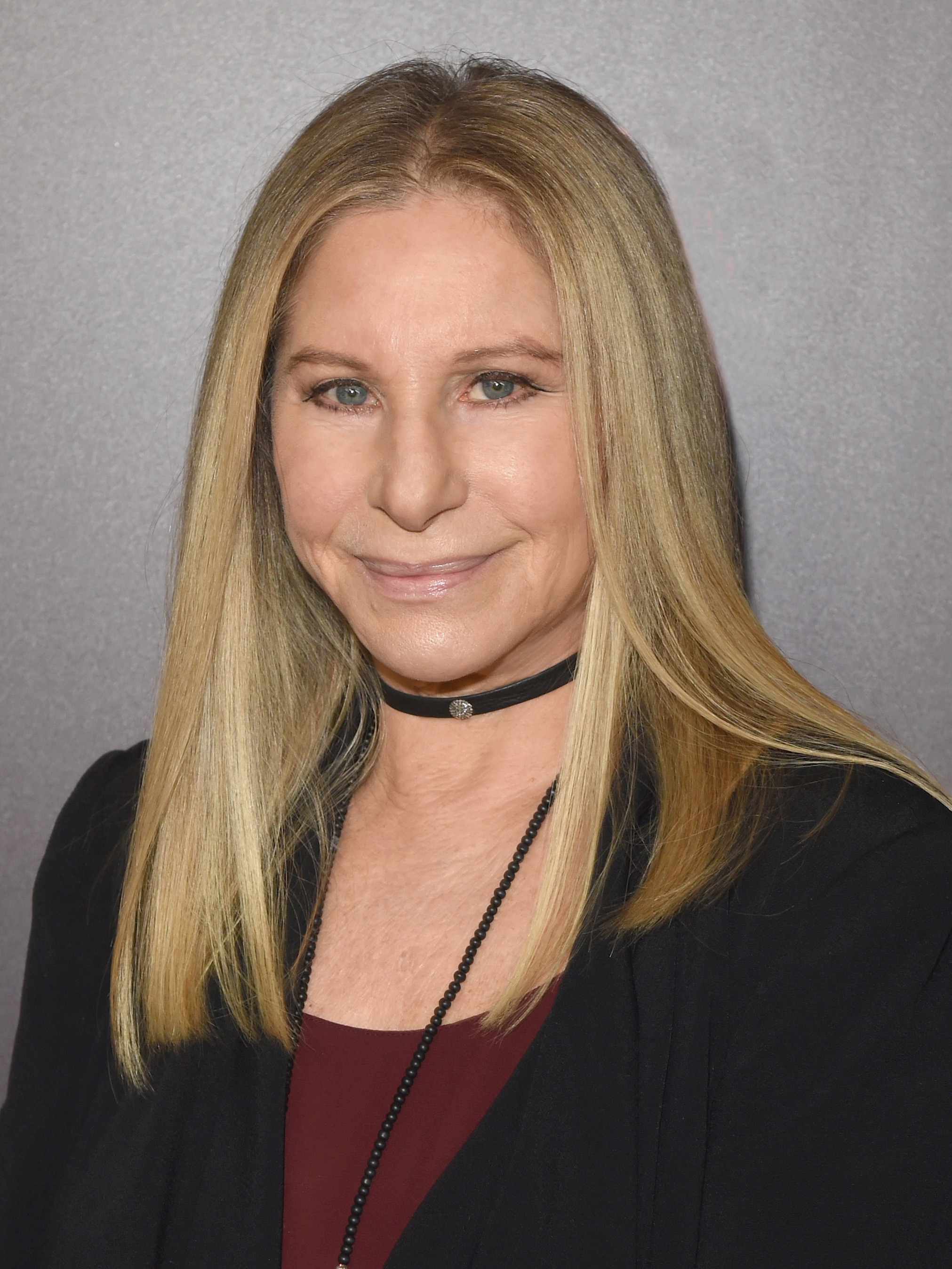
On April 24th, Beanie Feldstein will take the stage of the August Wilson Theater in New York for the opening night of the Broadway revival of Funny Girl. Recounting the personal and professional life of comic and singer Fanny Brice, the show originally premiered on Broadway in 1964 and catapulted its then 22-year-old leading lady to international stardom. By coincidence, this current opening night lands on the 80th birthday of Barbra Streisand.
In celebration of her more than 60 years of achievement across multiple platforms of entertainment and her near dozen Golden Globe wins, the HFPA looks back on ten pivotal and impactful moments of Streisand’s film and TV history.
10. In 1961, Jack Paar was the then host of the Tonight Show, but he was away one evening and comic Orson Bean stood in as guest host. He introduced to the crowd a young 19-year-old performer who was making her network television debut. Though currently performing in Detroit, Barbra Streisand flew back to New York to appear and sang the haunting Harold Arlen song, ‘A Sleepin’ Bee’, originally sung by Diahann Carroll in the Broadway musical House of Flowers. His other guest that evening was Phyllis Diller, who commented that they just witnessed “one of the greatest singing talents in the world.” Her words would prove quite prophetic.
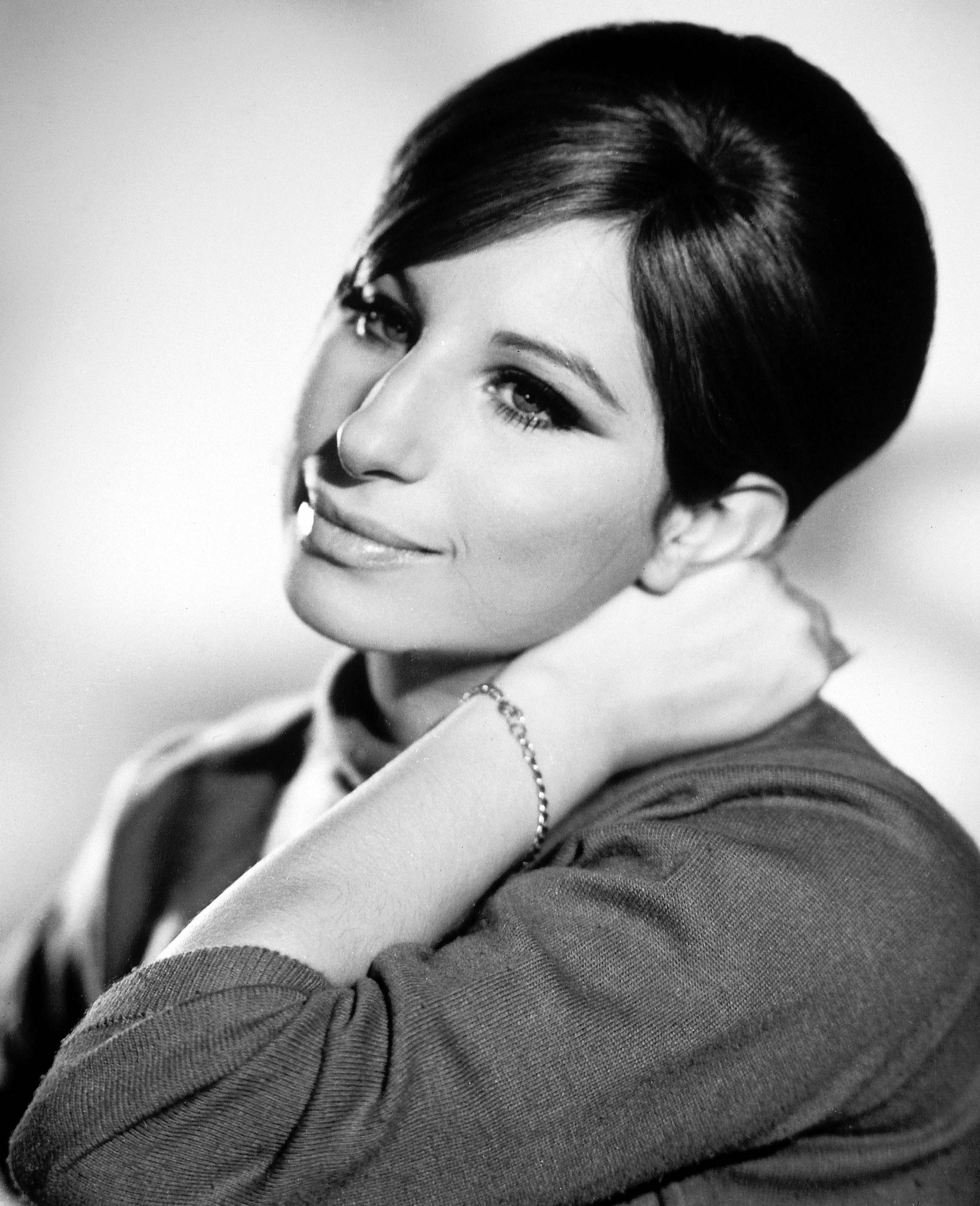
9. Two years later, and after the release of her number one album The Barbra Streisand Album, the singer made the rounds of various network variety shows, appearing with such luminaries as Garry Moore, Dinah Shore, Bob Hope and Ed Sullivan. But none would make the impact of her guest appearance on The Judy Garland Show. Uniting two of the most powerful pop voices in harmony proved a classic TV moment. Mel Tormé was brought in to arrange special material for Garland and it was his idea to juxtapose Garland’s ‘Get Happy’ with Streisand’s ‘Happy Days are Here Again’, which has since become one of television’s most iconic moments. Thirteen years later, Streisand would add another Garland connection when she starred in the remake of A Star is Born.
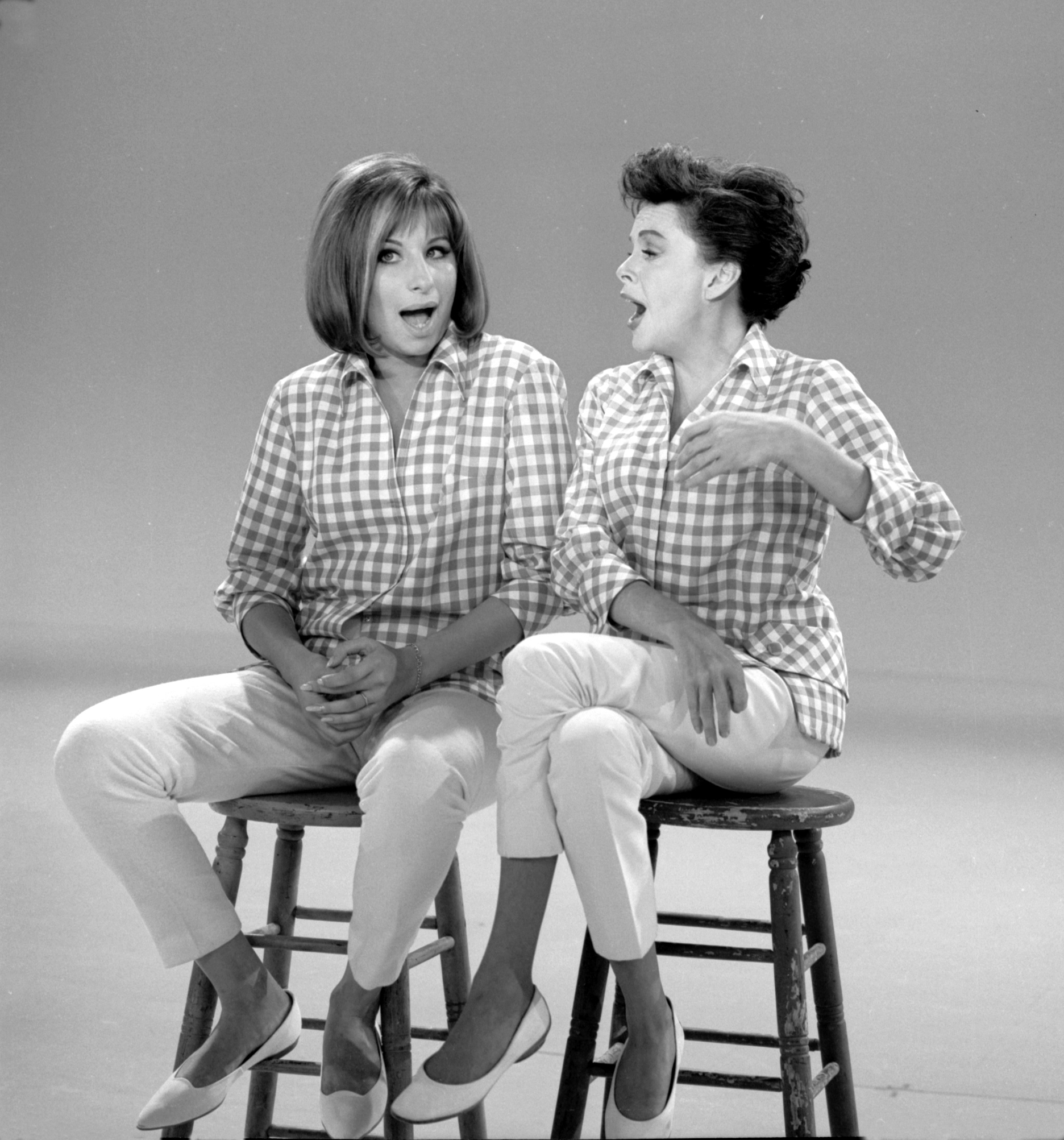
8. After appearing in three major movie musicals, Streisand was insistent that she wanted to do away with big production numbers and wigs and concentrate on a more intimate performance. Turning back to the Broadway stage, she chose the movie adaptation to the comedy The Owl and the Pussycat, which coincidentally opened the same year in New York as Funny Girl. In the role of the ever-name-changing lead character Doris, Streisand plays an actress and part time prostitute who is forced to move in temporarily with her pseudo intellectual neighbor Felix (George Segal). While it did provide the actress with a terrific opportunity to showcase her comedic chops, it was noted as well for her first, and only, nude scene, where she removed her top. Years later, the scene was edited down to only allude to the actress’s exposure.

7. The 1932 film What Price Hollywood is credited as the source of inspiration for the 1954 classic A Star is Born. Twenty-two years later, it would get a modern-day retelling when Barbra Streisand took over the role made famous by Judy Garland. Produced under the watchful eye of Streisand’s then-boyfriend Jon Peters, who also created her notable mop of head curls, the film proved a battleground between the actress and director Frank Pierson and lead actor Kris Kristofferson and Peters. But in an age before social media, audiences didn’t care and the film went to score not only huge box-office but sold eight million soundtrack copies worldwide and took home five Golden Globes, including Best Comedy Musical, Best Actress and Best Original Song for ‘Evergreen’, which would eventually net the composer Barbra Streisand her second Oscar.
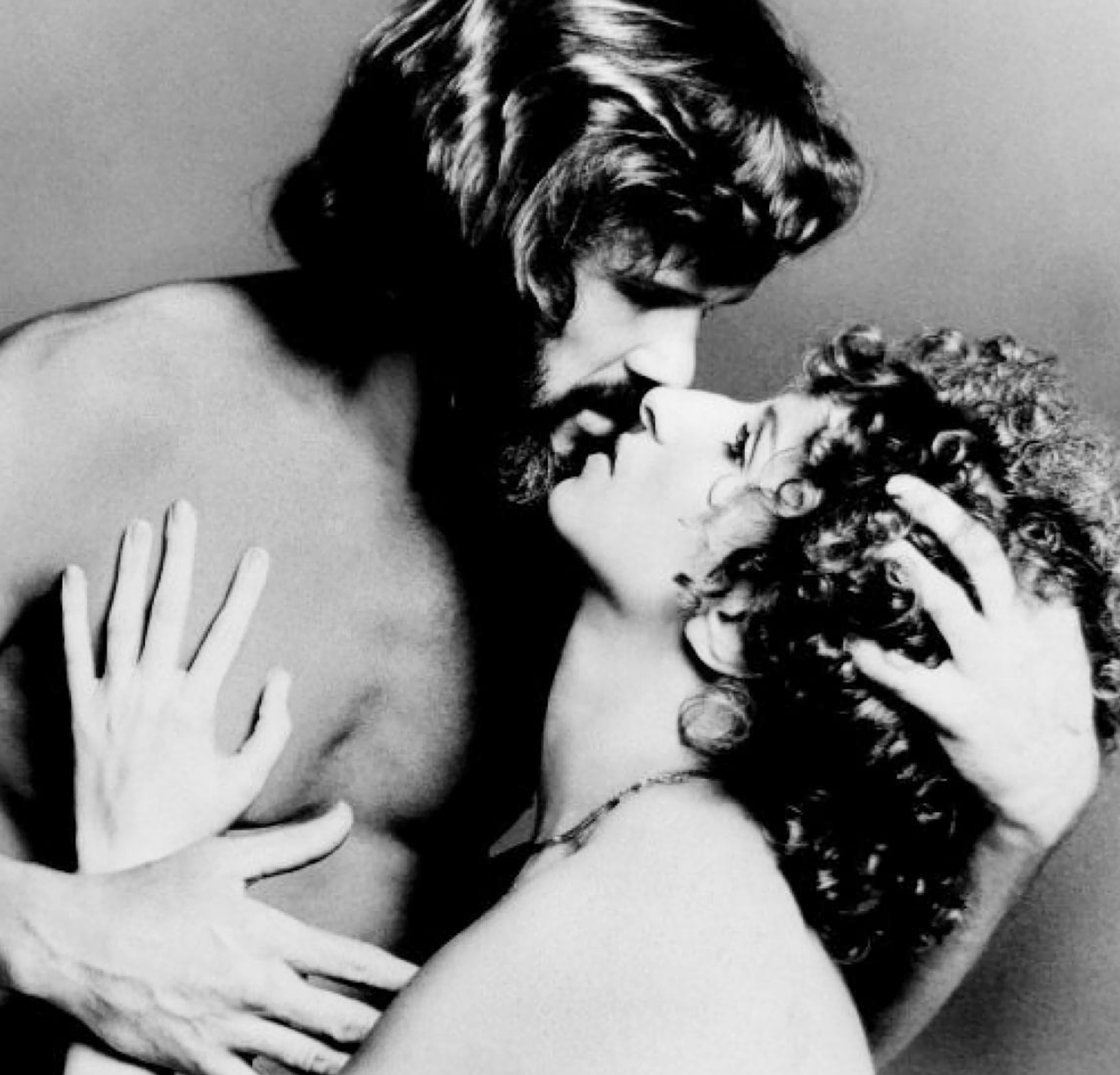
6. Peter Bogdanovich was a great admirer of the classic screwball comedies of the 1930s and 1940s. Leaning heavily into 1938s Howard Hawks Bringing Up Baby, which starred Katharine Hepburn and Cary Grant, he created What’s Up Doc?. The story centered on the mix-up of four identical plaid bags and how it caused havoc in the lives of all who constantly mistook one bag for the other. Led by Streisand along with Ryan O’Neal, who was fresh off the success of Love Story, the film, which strategically played out like a Bugs Bunny cartoon, was the third highest grossing film of 1972 and won Buck Henry, David Newman and Robert Benton the Writers Guild Award for Best Comedy Written Directly for the Screen. Far from a musical, Bogdanovich did manage to coax his star to warble a few bars of the song ‘As Time Goes By’.
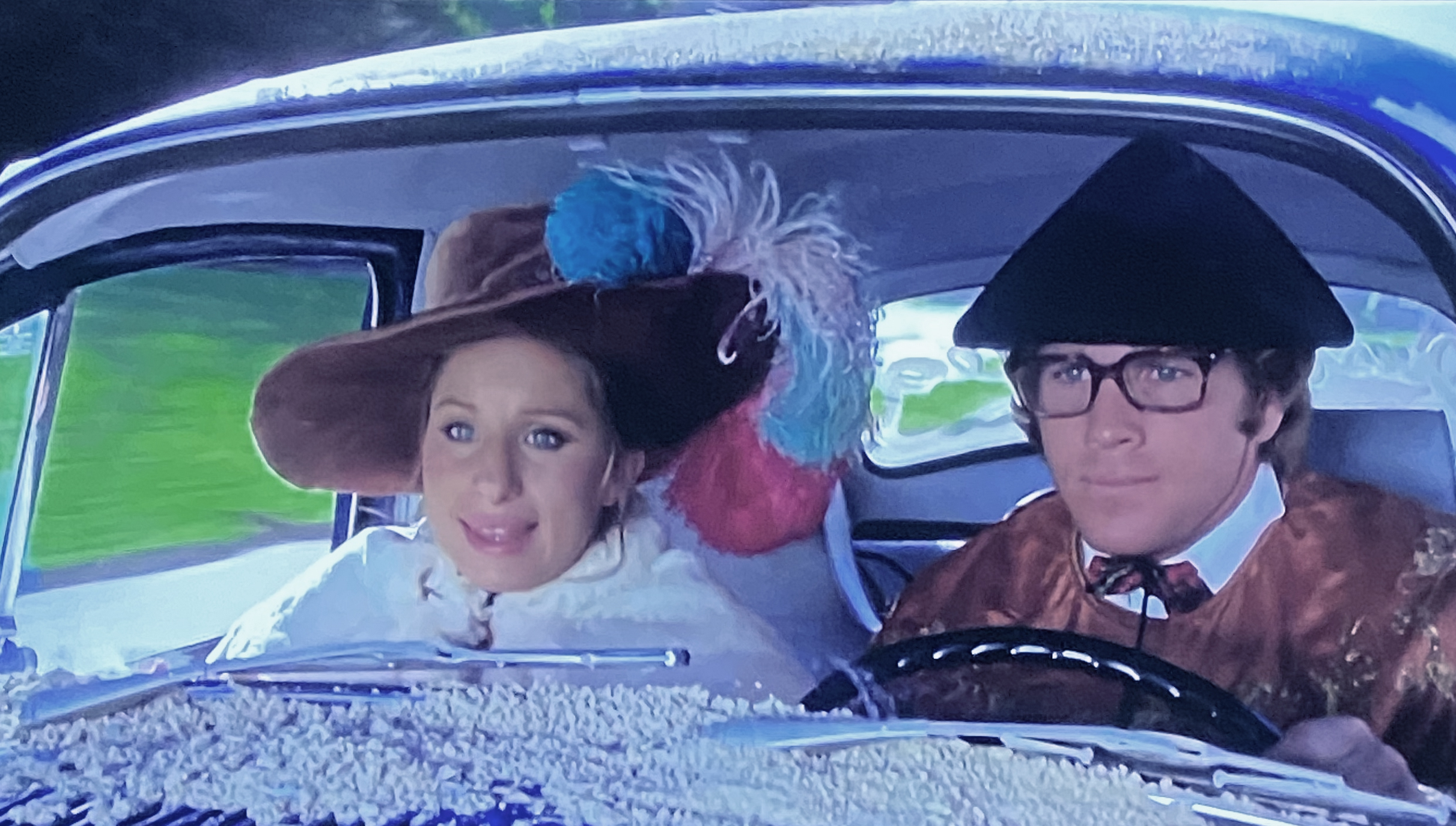
5. The Prince of Tides was a bestselling novel by acclaimed author Pat Conroy. Starring Nick Nolte as Tom Wingo, it centered on a football coach from South Carolina who is brought in by his sister’s psychiatrist to help peel back the layers of her childhood trauma. Not only did Streisand seize the opportunity to play the therapist Susan Lowenstein, but she also made the film her second directorial effort. The film garnered strong reviews and healthy box office and although it nabbed seven Academy Award nominations, including one for Best Picture, Streisand was ignored by the Academy for Best Director (she was nominated for a Golden Globe).
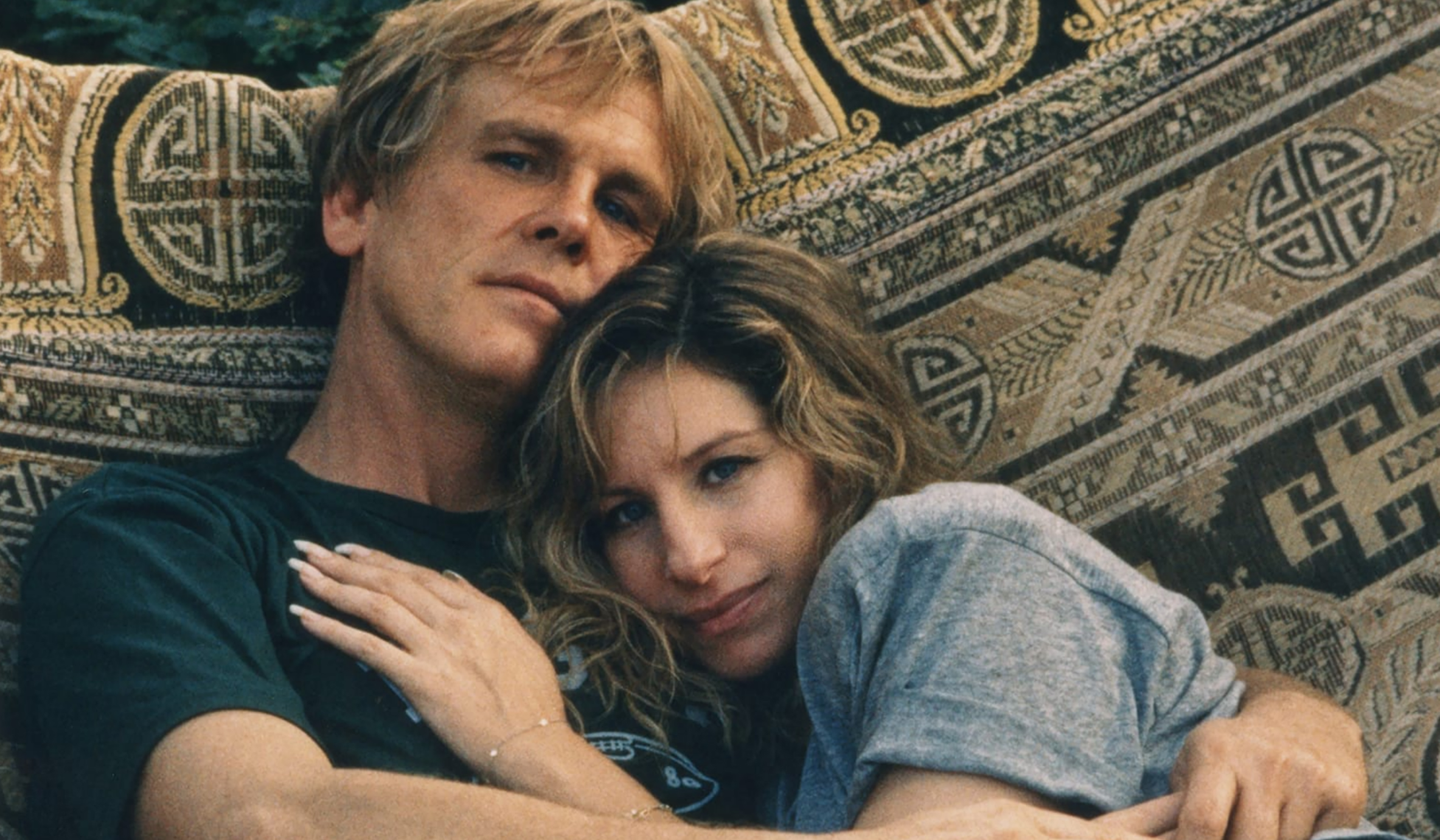
4. Sydney Pollack’s 1973 romantic drama The Way We Were could easily be remembered solely for its Golden Globe and Oscar winning title tune but the Streisand pairing with Robert Redford, proved to be a chemical powerhouse that has since set the movie as one of the most iconic starry-eyed love stories in Hollywood history. The Hollywood Reporter wrote at the time that the actress was playing “an intelligent, educated, committed woman for the first time in her career.” The film was written specifically for Streisand by Arthur Laurents, who wrote her very first Broadway musical I Can Get It For You Wholesale. For many of the film fans, the movie is well recalled for two non-verbal actions on the part of the actress. Her facial expression when Redford initially beds her and her fingers constantly tussling with his bangs.
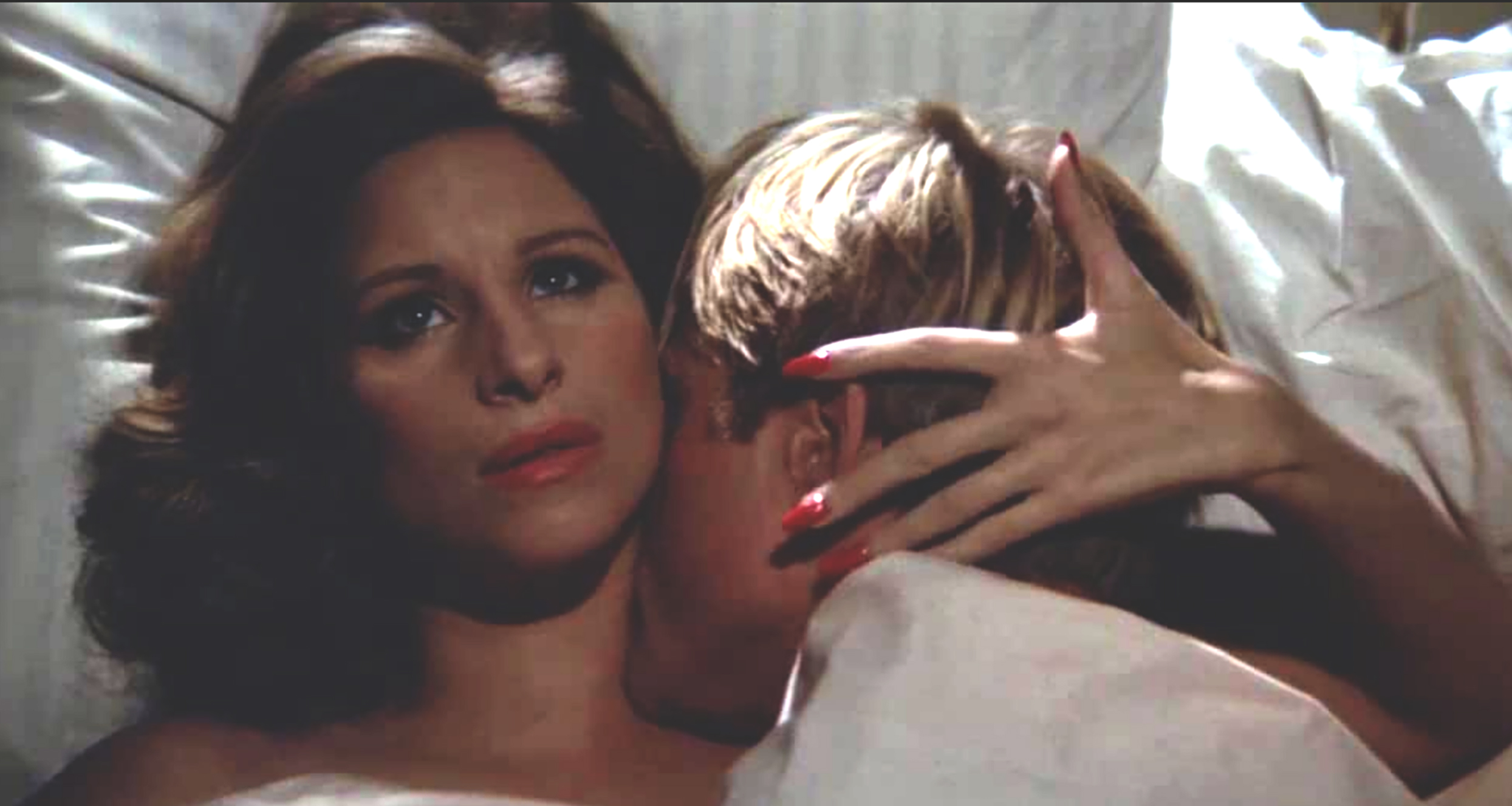
3. Starring at the time on Broadway in Funny Girl, Streisand signed a five-television special contract with CBS. Insisting on total creative control, she and her team decided to break from the traditional formula at the time of a host with a multitude of special guest stars and instead focused just on her singing. Released in conjunction with her fifth studio album, My Name is Barbra was an artistic triumph; not only for her powerful renditions of 25 songs told in the three-act program but for her closing down Bergdorf Goodman’s on Fifth Avenue for an eclectic medley of tunes sung trying on clothes in the iconic department store. It would go on to win five Emmy Awards.

2. No project in her illustrious sixty-plus year career has meant more to the Brooklyn born talent then Yentl. Based on an Isaac Bashevis Singer short story, the opening line of “After her father’s death…” resonated to her core, as she lost her father when she was only 15 months’ old and, in the project, Streisand found an imaginative way to not only interact with him but to properly mourn him as well. Making her directorial debut, she initially wanted the film to be a drama but found creatively, through the lyrics of Alan and Marilyn Bergman, she could tell the inner thoughts of this character who had to pretend to be a man to get an education. She became the first woman in Hollywood history to write, direct, produce and star in a film. But while the Oscars basically ignored the film, Yentl not only won Best Motion Picture Musical or Comedy but brought Streisand the very first Golden Globe ever given to a female director.
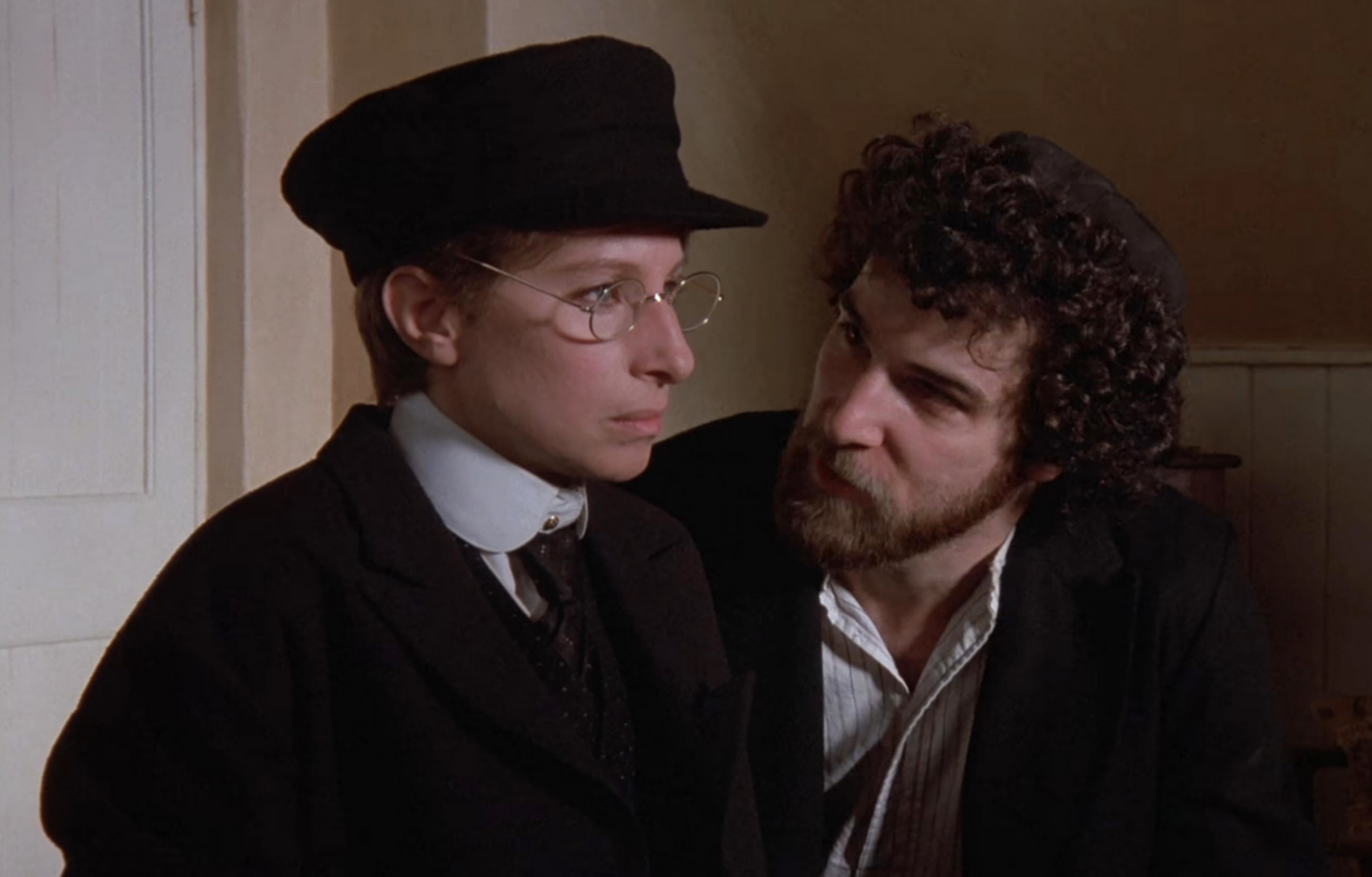
1. As productive as her career has proven to be, there is no way not to acknowledge that her very first screen performance hasn’t been her most impactful. Streisand was asked to reprise her role of Fanny Brice for the cinematic adaptation to Funny Girl. Although she had never acted in a film before, under the direction of acclaimed filmmaker William Wyler, the then 24-year-old delivered one of the most memorable debuts in screen history, earning not only the Oscar, where she historically tied with Katharine Hepburn, but took home the Golden Globe as well. Her performance delivered on all cylinders, comically, musically and dramatically, and her iconic performance of Don’t Rain on my Parade, sung on a ferry boat sailing past the Statue of Liberty, was the perfect marriage of image and sound. Her biggest disappointment with the film is the Swan Lake ballet sequence, which was dramatically edited down. For the girl with the ‘skinny legs’, this dance number was one of her greatest joys.
